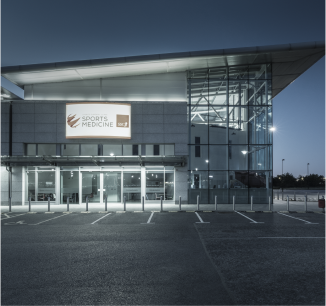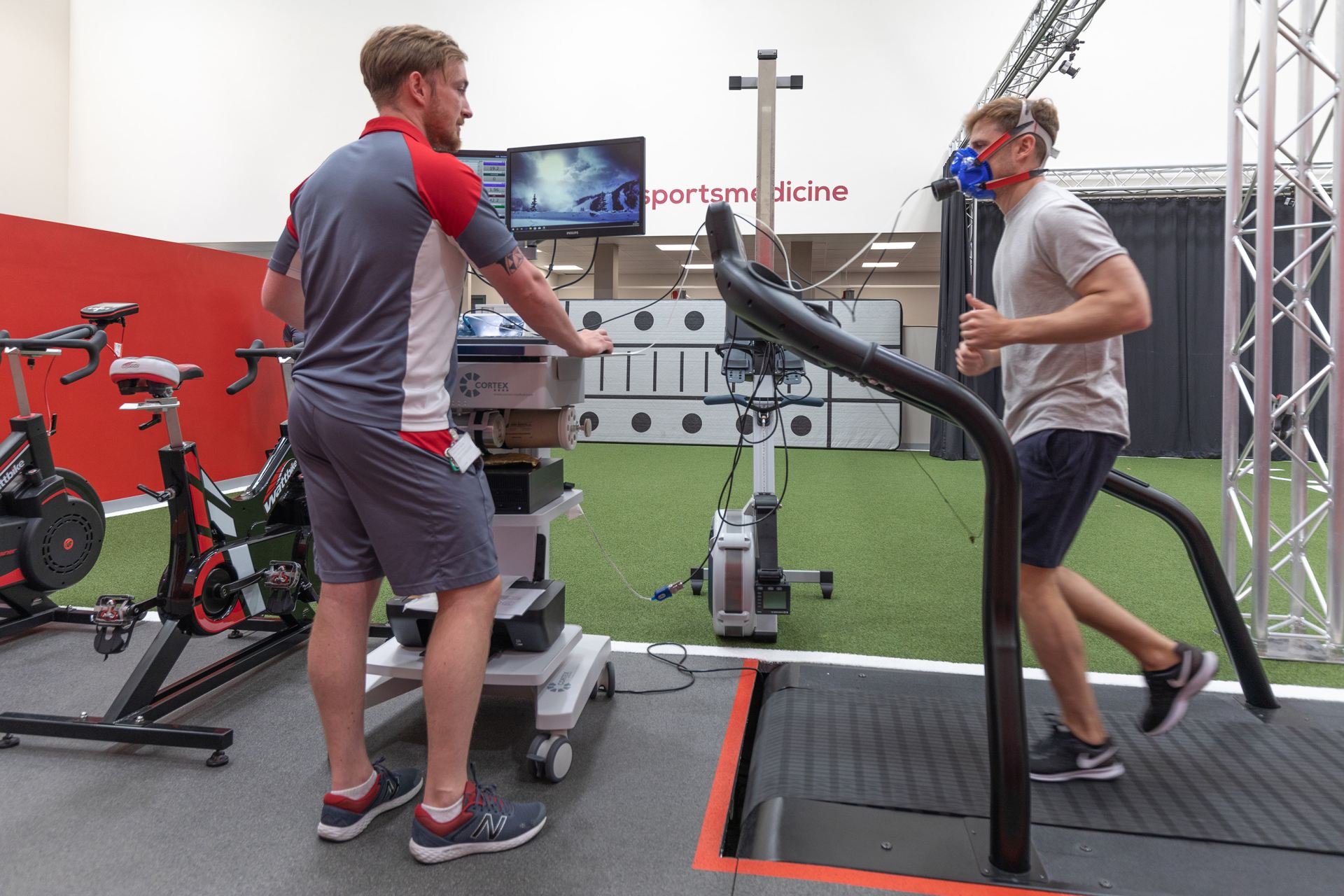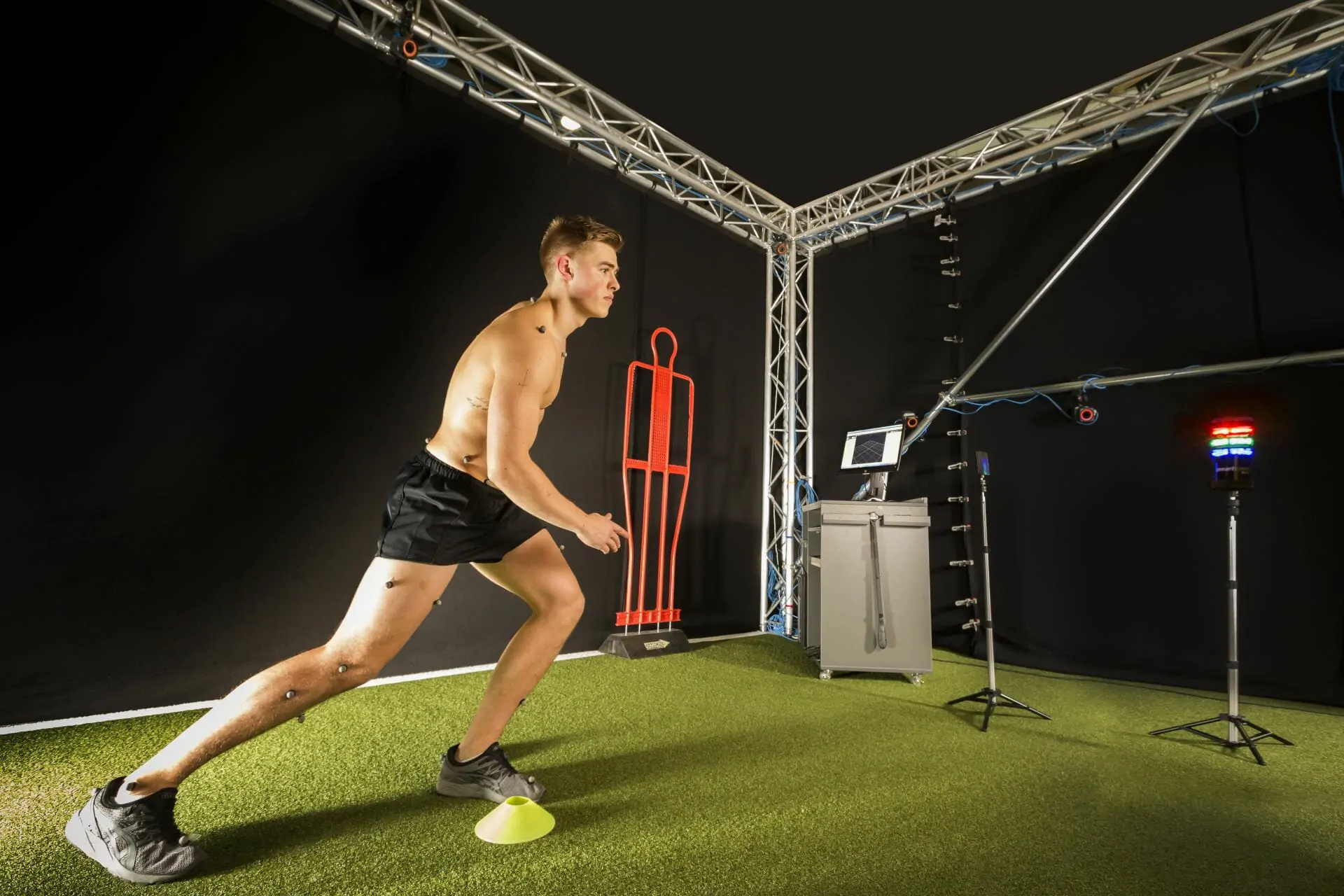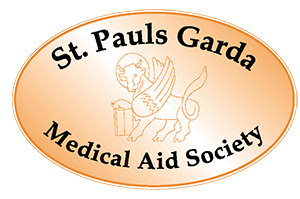At UPMC Sports Surgery Clinic, we are committed to providing you with the most advanced and accurate diagnostic imaging technology available. A computerised Tomography (CT) scanner is a sophisticated machine that acquires images of the body using X-rays. Instead of sending out a single x-ray beam through your body as with ordinary X-Ray examinations, a fan-shaped beam of X-Rays passes through a slice of your body onto a bank of detectors where their strength is measured. Beams that have passed through less dense tissue such as the lungs will be stronger, whereas beams that have passed through denser tissue such as bone will be weaker. A powerful computer will use this information to work out the relative density of the tissues and the results are represented as a cross-sectional, two-dimensional picture shown on a monitor.
Some examinations no preparation is required, though metal can interfere with the image quality, so everyone who has a scan is asked to remove metal objects such as coins, jewellery, and hair clips, and it’s best to wear clothing that does not have metal zips or buttons. Depending on the type of scan patients may be asked to prepare for the scan in a particular way. We will let you know if this is the case at the time of booking the scan.
Having a CT scan involves lying on a table that slides through the ‘ring’ (or Gantry) of the scanner. The table is positioned so the part of the body being examined lies within the ring. The table moves through the gantry as the X-Ray source and the detectors rotate around inside. There will be a whirring noise caused by the moving parts of the scanner within the gantry. The radiographer operates the scanner from behind a window, and is able to see, hear and speak to the person being scanned throughout the procedure. During the scan the patient will be asked to keep very still and hold their breath for a few seconds. For some examinations, an injection of contrast agent (X-Ray dye) is needed to make organs and blood vessels easier to pick out. It is usually given into a vein in the arm or hand during the scan. The actual scanning itself takes a few seconds. You may need to be prepared, however, to wait from 10 minutes to an hour as most of the procedure time is in preparation and confirmation that the images are what your consultant needs. Once the examination is over most people can resume their normal activities immediately. The images we record will then be interpreted by a radiologist and the results will be sent to the doctor who arranged the scan.
The CT scan itself does not have any physical side effects. However, if a contrast agent is used, in very rare cases, some people may be affected. As the dye is injected it can cause flushing of the complexion and sometimes a feeling of nausea. Some people feel warm and get a metallic taste in their mouth. These are normal sensations and pass within a few seconds.
The only complications that may arise from a CT scan are related to the contrast agent. Again, very rarely a patient may have an allergic reaction to the dye. This can be treated immediately with appropriate medicines. Also, the dye can cause further kidney damage in people who already have kidney problems. People who have allergies or kidney problems should tell the CT department staff prior to the examination.
CT technology requires the use of ionising radiation. There are known but slight risks to the foetus if exposed to ionising radiation, therefore if there is any chance that you could be pregnant, you will not be scanned.
Fax: +353 1 5262060
Email: radiology@www.sportssurgeryclinic.com













